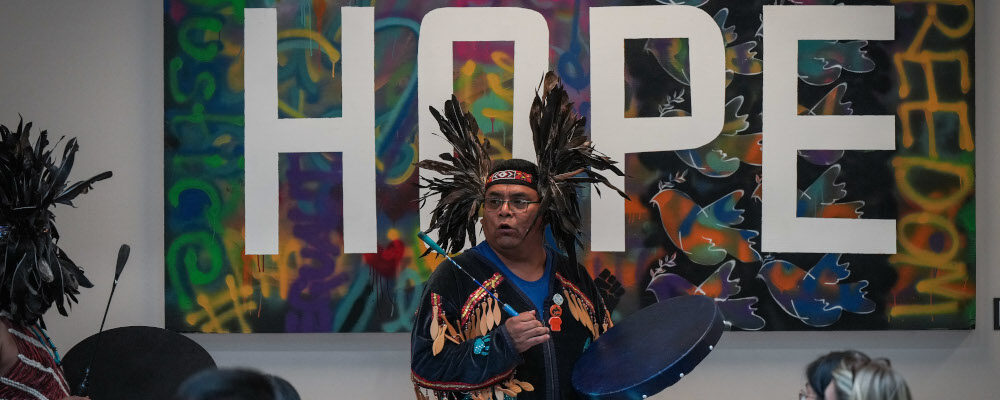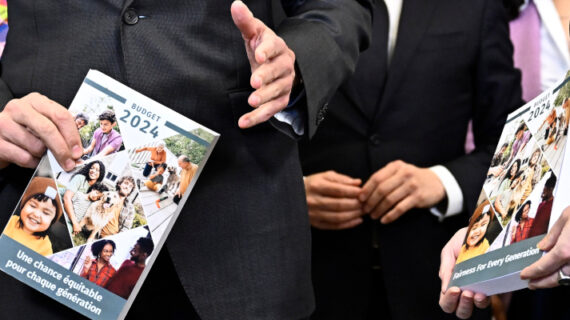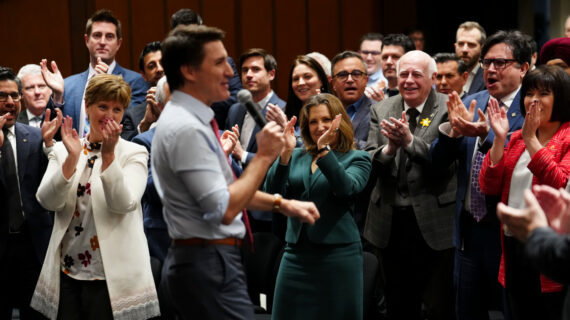Today marks the second National Day for Truth and Reconciliation, a day to honour survivors and deceased children of Indian residential schools, their families, and their communities, and to ensure public commemoration of the history and ongoing legacy of residential schools.
In its introduction last year, many questioned the need to mark this as a federal statutory holiday with concerns as to whether the day would be respected and marked with reflection and atonement or whether the day would be treated flippantly as a “day off”. We witnessed a somewhat typical response aligned with other national holidays: some went about their day without much thought, some recognized the intent of the day without support for making it a national holiday, and others support the national holiday but forewent commemoration, ceremonial, or learning activities in favour of a long weekend trip.
Curious, I took to a search engine to see the top searches related to the day for this year. I was encouraged to find that nobody was asking “what” the day is in the top searches. It seems that many, if not most, know what the day is for. However, perhaps unsurprisingly, there were many related searches as to how one could get engaged.
In discussing the search results with friends, one put it to me clearly: “Honestly, and maybe I’m just an idiot, but one of the main questions for someone like me is how should I properly and respectfully mark the day, and in a tangible way—especially in comparison to National Indigenous Peoples Day?”
I can appreciate the confusion.
National Indigenous Peoples Day, observed on June 21 of each year, is a day for Canadians to recognize and celebrate the unique heritage, diverse cultures, and contributions of First Nations, Inuit, and Metis peoples. It was introduced in 1996 through the Proclamation Declaring June 21 of Each Year as National Aboriginal Day, since then renamed National Indigenous Peoples Day. It was established in response to calls from Indigenous leadership and a 1995 recommendation set out by the Royal Commission on Aboriginal Peoples.
As reflected in the proclamation, June 21 was selected to align with a day of significance for Indigenous peoples—the summer solstice. It is this day that Indigenous peoples honour the Sun as it takes its place at the highest point in the sky. It is the day most filled with light and one that has been celebrated for thousands of years by Indigenous peoples who gather to give thanks for the bounty that has been provided by Mother Earth.
National Day for Truth and Reconciliation on September 30, on the other hand, is a day to ensure public commemoration of the tragic and painful history and ongoing legacy of residential schools. It was introduced in June 2021 and is an official federal holiday. It is also considered to be a government response to one of the calls to action issued by the Truth and Reconciliation Commission.
September 30 was chosen to recognize Orange Shirt Day: Every Child Matters, an Indigenous-led commemoration that came out of a 2013 reunion of residential school survivors who had attended the St. Joseph Mission Residential School in British Columbia. A spokesperson for the reunion, Phyllis Webstad, who was forcibly removed from her family at six years old and brought to the residential school in 1973, shared her story of how she was instructed to remove her favourite orange shirt gifted to her by her grandmother and change into the residential school’s uniform. She never saw her orange shirt again.
What many, myself included, struggle with on holidays like these is the lack of clarity around societal expectations. I can appreciate that it might feel the events and decisions have not necessarily been within our control. This type of holiday tends to have a heavy focus on building knowledge and creating awareness and leaves little instruction as to what steps can be taken to correct our course and better position ourselves moving forward. To help clarify, I believe our responsibility as citizens of this country is to take up the Calls to Action from the Truth and Reconciliation Commission.
When the Truth and Reconciliation Commission released its final report in 2015, it issued a call to Canadians to “redress the legacy of residential schools and advance the process of Canadian reconciliation” in tangible ways. The short document, which can be found here, offered clarity on how to do that with 94 separate calls to action.
While these are essential to moving us in the right direction, they should not be seen as a checklist of items that, when completed, guarantee us a reconciled state. Reconciliation requires the sharing of truth, apology, and commemoration—all of which acknowledge and redress past harms. It requires, like a marriage, an ongoing commitment to continuing to learn about and respect one another, an ongoing commitment to renewing that relationship every year, and a willingness to want to make it work—not only for the betterment of Indigenous peoples but for the benefit of the country as a whole.
The question becomes: what range of power and influence do you hold? And are you honouring your leadership in those roles? What opportunities exist within your range? I once described this as, “Doing what you can within your hug range.” And if your wing span is wider than the norm, bonus for us! Take action on what is within your range of responsibility and accountability, and whatever isn’t, influence it. And while a demonstration of support and commitment to reconciliation on September 30th is welcomed, it’s the follow-through on real, tangible initiatives on every other day of the year that are most important.
For instance, we have recently seen some exceptional advancements on large-scale projects like the precedent-setting deal that saw Hydro One and First Nations across Ontario coming together to launch an industry-leading equity partnership model on new capital transmission line projects with a value exceeding $100 million. Or like Enbridge, who recently announced an agreement whereby 23 First Nation and Metis communities will acquire an 11.57 percent interest in seven pipelines in the Athabasca region of northern Alberta for $1.12 billion, making this the largest energy-related Indigenous economic partnership transaction in North America to date.
Maybe you’re not a corporate shark who is in a position to sign off on multi-million dollar deals with Indigenous communities. Or maybe you’re at the very beginning of your learning journey. That’s okay. We all start somewhere. Wear an orange shirt. Buy the orange sprinkled donut at Tim Horton’s. Pull together your friends and colleagues for a book club and read that bestselling novel written by an Indigenous author. Hire an Indigenous caterer. Watch an Indigenous produced and directed film. Purchase birthday gifts from Indigenous artists and designers. Make a commitment to procure products and services from Indigenous businesses.
Revisit your own assumptions about your surroundings from your living room by checking out www.whose.land to learn more about Indigenous communities in your region, or whether there was a residential school in operation near where you live now. Maybe you grew up down the street from a residential school and you didn’t know it.
In any event, regardless of where each of us is on the journey to reconciliation, the challenge is still there. Let us reflect together, on a day set aside for just that. Take what actions are achievable.
As Justice Lamer of the Supreme Court of Canada put it in his 1997 decision in Delgamuukw:
“Let us face it, we are all here to stay.”
So, let’s put in the work to make this work.




